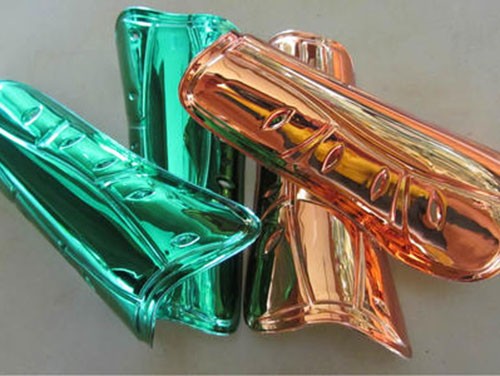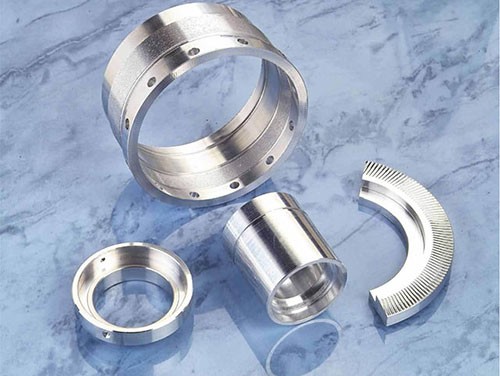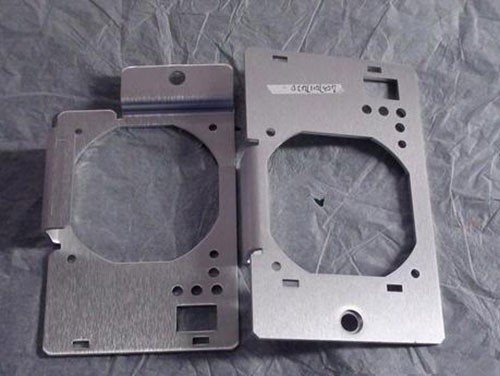Passivation treatment on metal surfaces is an effective method of metal protection, with the following main effects: Improving corrosion resistance: Metals are prone to corrosion reactions in humid, acidic, or alkaline environments, leading to material damage and performance degradation. Passivation treatment can form a dense passivation film, preventing direct contact between external media and metals and reducing the occurrence of corrosion. This passivation film can reduce the contact between metal materials and media such as oxygen, water, acid, alkali, etc., providing an effective protective layer and extending the service life of the material
Improving appearance: Some metal materials may experience oxidation, pollution, or color change under prolonged exposure, affecting their aesthetics and application value. Passivation treatment can form a uniform and smooth film layer on the metal surface, providing a good appearance effect and making the metal material look more beautiful and neat.
Improving wear resistance: Passivation treated metal surfaces are harder and can resist external friction and scratching, thereby extending their service life.
Resistance to chemical corrosion: In some special works.
In the environment, metals may be corroded by chemicals such as acids and bases, which can accelerate their aging and damage. The oxide film formed on the metal surface after passivation treatment can resist chemical corrosion to a certain extent and maintain the stability of the metal's properties In addition, for metals with self passivation properties such as stainless steel, passivation treatment can also improve their corrosion resistance and thermal stability. Overall, metal surface passivation treatment is a very effective method of metal protection, which can extend the service life of metals, improve their corrosion resistance and appearance quality








